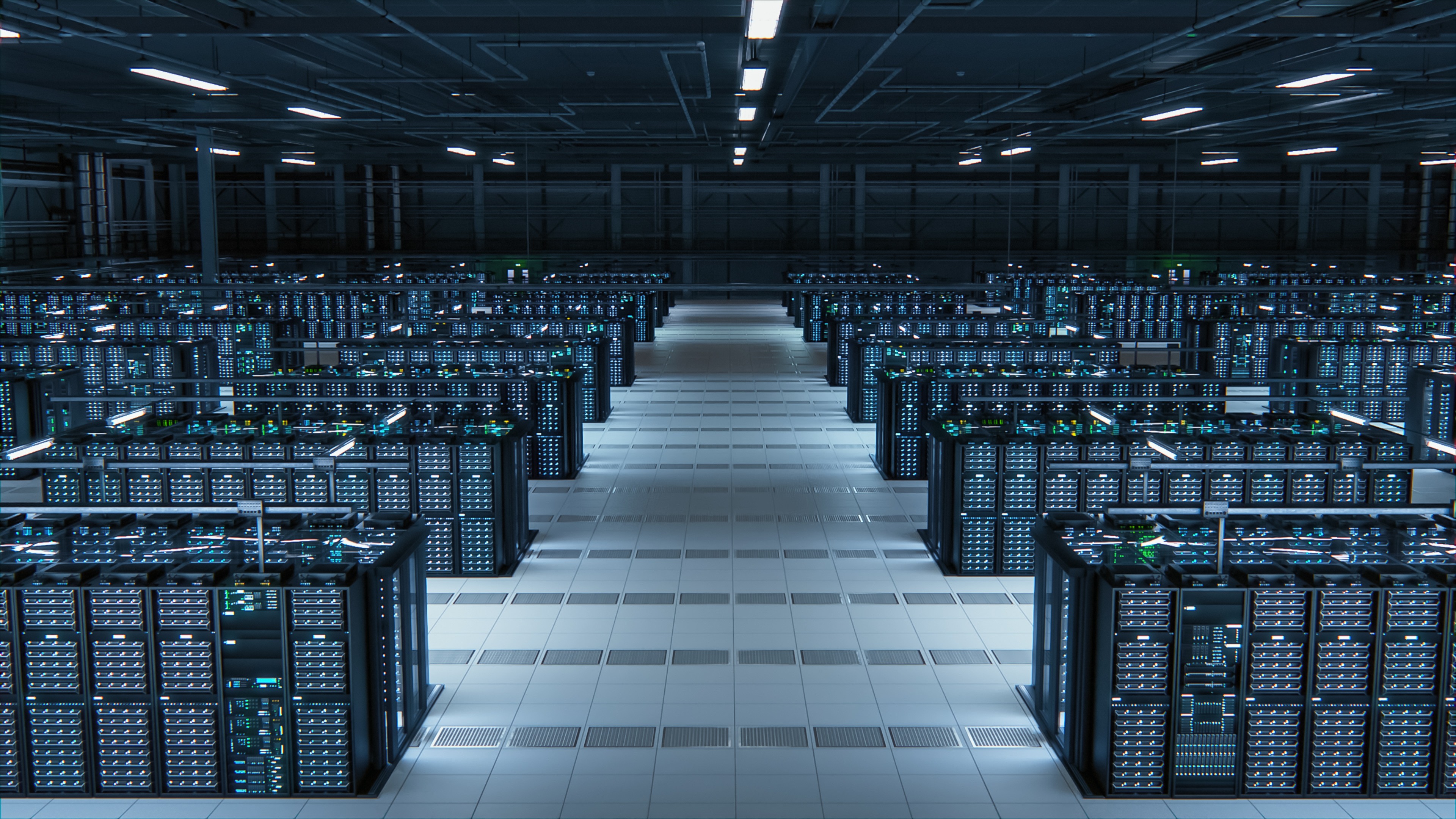OpenAI’s colossal AI data center targets would consume as much electricity as entire nation of India — 250GW target would require 30 million GPUs annually to ensure continuous operation, emit twice as much carbon dioxide as ExxonMobil
How much more artificial intelligence can the planet take?

OpenAI CEO Sam Altman released an internal memo last September 2025, stating that he plans to build up to 250 gigawatts of compute capacity by 2033. According to Truthdig, this is equivalent to the electricity required to power the entire nation of India and its 1.5 billion citizens. It would also emit twice the carbon dioxide that ExxonMobil produces, which the report says is the current “largest non-state carbon emitter” in the world.
Aside from carbon emissions from its data centers, the writer, Alistair Alexander, estimates that the 250 GW capacity is enough to support 60 million Nvidia GB300 GPUs. This means that OpenAI would have to order 30 million GPUs annually to ensure continuous operation. While Alexander claims this is because the cards are run 24/7, 365 days a year, and therefore have a short lifespan, the two-year life cycle of a GPU actually refers to its economic value, which drops with the release of newer generations of products. Either way, the number of GPUs required to power OpenAI's ambition will be staggering.
This estimate is for just one company: other tech giants are also planning their own massive AI data centers — for example, Elon Musk’s xAI wants to have 50 million H100-equivalent AI GPUs by 2030, which will require around 5GW of power. This massive build-out, which is happening all over the globe, is squeezing power supply, causing a spike in electricity prices, and reducing power quality for households. There’s also the question of its impact on the water supply, especially as the massive compute capacity requires astronomical amounts of cooling.
Alexander also looked upstream and investigated the impact of chip manufacturing on the environment. The massive demand for AI processors and the billions of dollars companies are willing to spend on them has led to an explosion of new fabs. In the past two years, construction on 97 new fabs has started all over the globe, with Taiwan Semiconductor Manufacturing Company (TSMC) and Samsung among them. Much like the data centers, these chip factories also require metric tons of water and massive amounts of electricity to operate. More than that, the processes for making the most advanced chips also often require toxic chemicals.
For example, the report says that TSMC’s Fab 25 would require at least 1GW of power — enough power for 750,000 households in Taiwan. Environmental Rights Foundation deputy CEO Po-Jen Hsu also said that Fab 25 would also use 100,000 metric tons of water daily, or about the same amount that 196,000 Taichung residents would use in a day. SHARPS, the semiconductor labor organization in South Korea, has also said that some workers in Samsung factories were suffering from various forms of cancer, all of which were linked with the chemicals used in their workplaces.
The race for AI supremacy is putting a lot of demand on the limited resources we have on Earth. The issues aren’t just limited to data centers, too. Instead, it goes all the way up the supply chain — from manufacturing the most advanced chips to the mining operations needed to extract the rare earths and other materials needed to make these GPUs. Tech companies are pouring billions of dollars into hardware and infrastructure to extend their capabilities, while nations are engaging in a trade war to limit the advance of their rivals.
The report concludes: “As Silicon Valley CEOs anxiously figure how much computing it will take to propel artificial intelligence forward, the real question we should be asking is how much more artificial intelligence the planet can take.”
Get Tom's Hardware's best news and in-depth reviews, straight to your inbox.

Follow Tom's Hardware on Google News, or add us as a preferred source, to get our latest news, analysis, & reviews in your feeds.

Jowi Morales is a tech enthusiast with years of experience working in the industry. He’s been writing with several tech publications since 2021, where he’s been interested in tech hardware and consumer electronics.
-
Greg7579 I thought the huge data centers were going to have micro nuclear plants about the size of a large house sitting next to them and would be off the normal grid....Reply